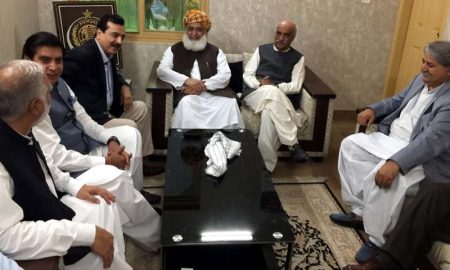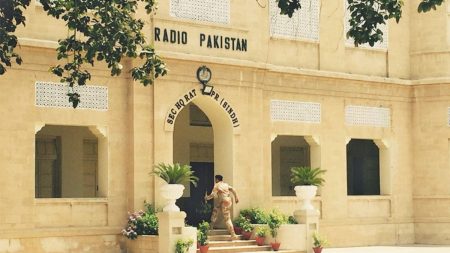Islamabad, 23 Apr, 2025: Electricity rates in Pakistan are once again under the spotlight as consumers and industry observers call for a major overhaul of the country’s power tariff structure.
At the heart of the demand is a proposal to abolish the long-standing peak and off-peak hour pricing system, replacing it with a uniform rate that reflects the current surplus in electricity generation.
Speaking during a recent hearing held by the National Electric Power Regulatory Authority (NEPRA), stakeholders challenged the need for variable pricing, citing a significant shift in the national energy landscape.
READ MORE:
DISCOs Plan Rs. 51.5 Billion Refund for Electricity Consumers
The hearing focused on the Multi-Year Tariff (MYT) application submitted by Faisalabad Electric Supply Company (FESCO) for the 2025-26 fiscal year.
Many participants insisted that the earlier rationale for differentiated electricity rates to control consumption during capacity shortages no longer applies, as power shortages are no longer prevalent.
Attendees at the session highlighted that the growth of solar energy and the adoption of net metering have significantly altered daily electricity demand trends.
Unlike before, when evening hours were considered off-peak, solar generation has now shifted off-peak demand to later in the night, around 1AM.
This development, they argued, renders the current pricing model outdated and misaligned with actual usage patterns.
In parallel, FESCO’s tariff proposal outlined substantial increases in its cost and revenue requirements.
The company has requested a jump in the Power Purchase Price (PPP) to Rs389.053 billion and aims to boost its total Revenue Requirement to Rs505.432 billion over six times the current Rs80.003 billion.
These changes, if accepted, would push the average electricity rate for consumers from Rs5.37/kWh to Rs33.76/kWh.
READ MORE:
Electricity Demand Surpasses 21,000 MW Amid Sweltering Heatwave
NEPRA has raised several concerns, including the justification for the proposed PPP figures and the reported 8% in transmission and distribution (T&D) losses.
As debates continue, the future shape of electricity rates in Pakistan could soon see significant reform, with the potential to boost energy use and economic output across the country.









